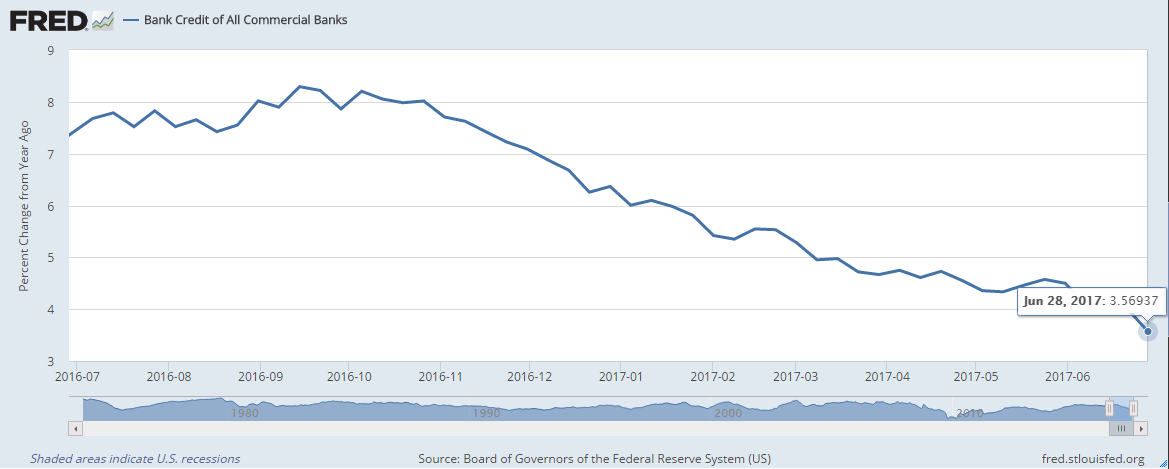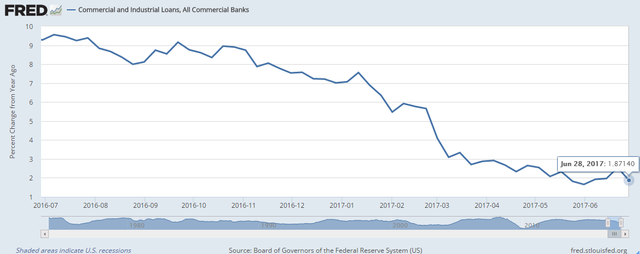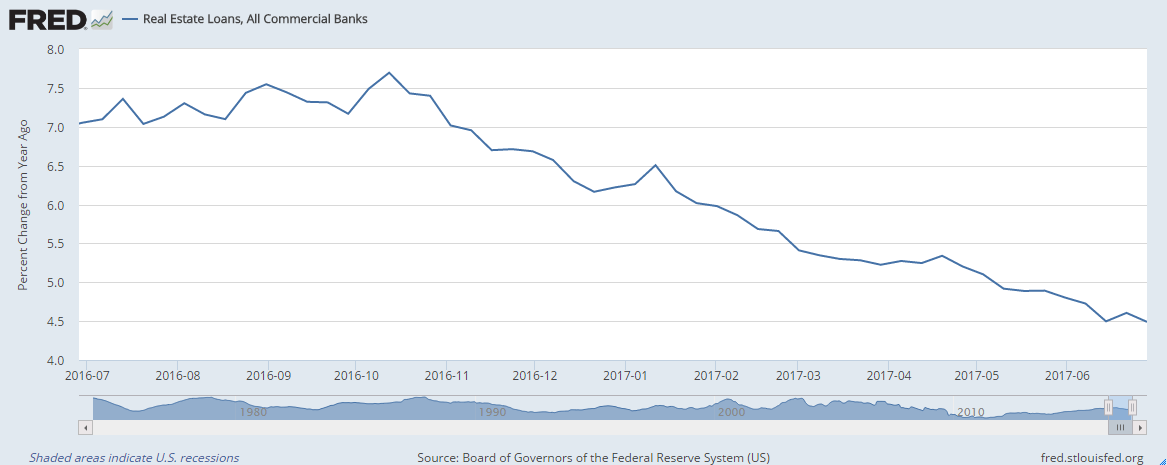Deflationary Warnings, Gold’s Role & A Lesson From Irving Fisher
Let’s explore the broader signs of economic deflation and look at whether precious metals will participate in or protect against what some see as a looming deflationary event.

Irving Fisher from ixquick-proxy.com. We'll mention him later in this article.
Good morning Steemit. Please find below my article written today for www.ainsliebullion.com.au. See this post for context. Content hosted at
https://www.ainsliebullion.com.au/BullionNews.aspx
Despite all the fundamental considerations, the now five week old technical down-trend in the daily gold chart and the near four-month price low reached earlier this week will have some investors asking questions.
Although seeing some price “stabilisation” (in the words of Kitco’s Jim Wyckoff) and a slight bounce overnight, the word deflation seems to be currently trending and perhaps not without cause. In fact just last night Jeff Clark, chief investment strategist and senior precious metals analyst for goldsilver.com tackled this very issue.
Along with Mike Maloney, the gentlemen provided broad examples of contraction in growth observable in the US right now and we’ve generated the following charts on the Federal Reserve Bank of St. Louis website earlier this morning to illustrate some of their examples. For reference, the following plots use seasonally adjusted weekly data sets in units of “percent change from a year ago” plotted from June 29th 2016 to June 28th 2017, a mere two weeks ago.
Starting with bank credit for all commercial banks we see a distinct slowing of the expansion of credit with the following plot dropping to 3.5% (highlighted) from 7.4% on June 29th 2016. Note that this does not represent a credit contraction but rather a cratering in the rate of credit growth, an ominous warning sign.

fred.stlouisfed.org
Moving on to the plot of commercial and industrial loans for all commercial banks we again see a significant growth contraction from 9.28% on June 29th 2016 down to 1.87% two weeks ago (highlighted).

fred.stlouisfed.org
This metric is a bellwether for the economy as it broadly represents the use of credit for manufacturing, warehousing and retrial to name a few. Mike Maloney labels this as “an enormous slowing” and “typical of the peak and popping of bubble”.
Moving on to real estate loans for all commercial banks and we again observe a remarkable slowing in growth, in this case from 7.0% to 4.5%

fred.stlouisfed.org
Taking a break from the charts but continuing with the examples over the same time period we can observe consumer loan growth fall from 8.5% to 4% (a near halving), consumer loans for credit cards and other revolving plans fall from 9% to just over 4% and other consumer loans (automobile loans) falling from almost 9% to 3%.
Lastly (and importantly given Australia’s cultural bias towards property) we can look at growth in residential real estate loans which have fallen from approximately 4% to 1.3%. A sub 1.5% growth rate can be classified as anaemic and Mike Maloney suggests that “pretty soon these charts will probably turn negative”. This is significant with Mike concluding that “if residential real estate loan growth YOY has slowed to less than 1.5% then that means that the real estate bubbles are coming to an end”.
In fact the last real estate peak occurred in the 2006/2007 time frame when growth began to slow, stop and then reverse but it wasn’t until 2008/2009 that the impacts were widely felt. This suggests that disruption may not be around the corner, but it may be just up the road.
Just from this small set of examples, it becomes clear that there are now huge contractions across the board in terms of credit growth and this is one leading indicator of the onset of a recession.
Jeff remarks that “it’s not just one chart showing this trend but multiple and one must hence consider the cumulative effect of all of these things coming to a head all at the same time” and to paraphrase he concludes that this is “clearly pointing to a deflationary outcome which corresponds well to the slowing velocity of money and why we haven’t seen inflation yet”.
To one of the main points of this article, Jeff talks about how he receives a lot of emails asking why it is important to buy precious metals now if a deflation is coming that could see them able to “buy silver when it’s down in single digits” or “buy gold if it drops below $1000”.
There are two strong rebuttals to this line of thinking. Firstly, there’s no guarantee that we will see a deflationary event and secondly, in any deflationary event there’s no guarantee that gold and silver prices will be driven lower.
In fact Jeff explains that the last great deflation pushed gold & silver prices up. “During the great depression, yes gold prices were fixed but the only gold that citizens could buy as private investors was gold stocks and those soared by 400 or 500 percent and that’s just producers only so there’s no guarantee that it’s [the gold price] going to fall”.
Dispelling the idea further is the reality that paper prices tend to diverge from physical prices in these circumstances. “It’s the paper price that goes deflationary, not the physical. During the last financial crisis in 2008, the people who wanted to buy it when it was supposedly cheap ended up paying a whole lot more for it because of the large divergence in the paper price and the physical price”.
Demand for physical bullion increases as people get worried and rush to safe haven assets and that tends to cause shortages irrespective of what the derivative contract price may be. In fact if the deflation is crisis driven then the resulting fear among the investment community could see the paper price just as easily soar.
With the US now in its 3rd longest economic expansion in history we see unjustified levels of confidence or even hubris. A lesson from history comes from famed Yale economist Irving Fisher who famously said “Stock prices have reached what looks like a permanently high plateau” approximately one month prior to the commencement of the great depression.
With Janet Yellen recently voicing her view that we won’t see another financial crisis in our lifetimes, no better argument for an allocation into gold and silver can be made.
I'm expecting a downturn as you stated. I have great respect for Mike M.
As deflation hits, even IF prices go down, you have to consider the question
"Will I have funds to buy at the low price?"
Maybe, there are NO jobs no cash.
So, buy Now.
Another valid point @goldkey. The brutal truth is that it is near impossible to try to pick the perfect moment to buy or sell anything, or to attempt to game an already dysfunctional system so to purchase now some insurance for what looks to be inevitable trouble ahead is a wise and dispassionate decision to come to.
Thanks very much for weighing in with your thoughtful comment.
I love Mike Maloney, and I think he will be right in the end, but Harry Dent makes a good case for near term deflation in the metals. I just finished his book: “The Sale of a Lifetime: How the Great Bubble Burst of 2017-2019 Can Make You Rich." It's worth taking a look because I got eaten alive thinking metals were the end all beat all in 2011 and following. http://harrydent.com
Dent is certainly the lead voice in the deflation space and I'm not surprised to see differences in what the experts are predicting, given that this is an unprecedented manipulation in financial history.
The predictions that we will see deflation and inflation at the same time even somewhat exceeds the educational experience of most people alive today.
Thanks for your input
I have to look into Harry Dent. Another good resource is Jim Rickards, Check out "The Road to Ruin" and "A New Case for Gold". Good Stuff.
Janet Yellen makes me gag.. what a stupid hag that woman is. Puppet-Thief Commander in Chief of the "Federal" Reserve criminals. Thanks for this great info. I laugh when I hear people saying they aren't buying silver or PMs anymore because they're "low" and "won't increase much". Gold and silver have gone up in value about 36 times over where they were valued at in 1937. Conversely, today's USD in an amount of $51.17 has the same purchasing power as $3 did in 1937 ~ the USD's purchasing power has gone down 98% since the Federal Reserve's inception.
Hi @famcore. Yes you are right and in fact many others have been even more vocal about how almost institutionally misguided, shall we say, the Federal Reserve has proven to be in it's relatively short yet destructive history.
Thanks for your comment and input I very much value it.
Thanks, this is a great article. Deflation will be the big surprise for most. I have a host of signals pointing to deflation and much higher gold and silver prices.
Sounds like we need more content on how to deal with deflation, aside from sitting on cash. This could be quite useful for the community here wouldn't you say? Thank you for your kind input.
do you mean deflation?
My goodness how did that happen? Yes I did, thanks for the correction. I've updated my comment. I do most of my posting on my phone so sometimes get bad corrections or bad voice-to-text.
Amazing post and great comments! I don't have anything to add I just wanted to check in and say thank you! Upvoting and resteeming and already following 👍
More than happy to see you stop by @timitwist. The encouragement and support is very motivating and welcome. Thank you especially for the resteem. All the best.